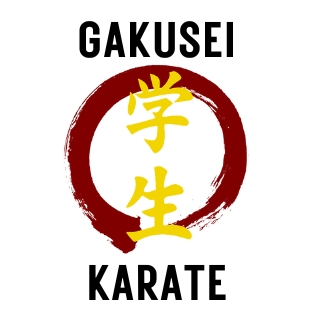Modern and traditional kata
The study of traditional kata is a big cornerstone of karate, that has a rich and interesting history. Hidden in its abstract movements are many secrets and subtleties that may otherwise be overlooked if it wasn’t for the study into this art form. However, the biggest benefits of learning kata is that it teaches principles of movement and self-mastery.
That being said it is essentially an abstract art form, the practical application of many of the techniques is either performed wildly differently in kata to how it is practiced in self-defence, or the techniques in the kata have been superseded by other more realistic or reliable techniques that you would choose to use in a real-life self-defence situation.
The abstract nature of traditional kata means that the value of it is often lost on lower grade students and worse most clubs will spend countless hours teaching it to lower grades (especially children) in spite of it having exceptionally little practical value for them, while other practical skills are being neglected. This causes great frustration in both the student and teacher.
So why do they teach lower grades and children kata? The hope is that practicing kata early will set a foundation and appreciation for kata study in advanced levels.
Rather than teaching abstract traditional kata we introduce students to kata by teaching them modern forms that are based on practical skills that they are learning for the self-defence portion of their grading. So the techniques they learn in the modern forms are the formalisation of practical techniques they are learning in self-defence, so the study of both of them support each other. More importantly, this teaches students that kata is not abstract but rather a different way of practicing practical skills. This is what kata was originally designed to do in the first place. So these modern forms these modern forms are closer to the intent of kata training than their more abstract traditional cousins.
We still teach traditional kata but we only introduce it at intermediate grades once students have developed the understanding to appreciate it. Of course student’s will have already learned several modern forms at this point so they will be familiar with the concept of kata, and more importantly, because they learnt practical and modern forms first they are more interested in the application of the traditional kata, rather superficially being focused on the performance of the pattern.
The first of these modern forms or modern kata, is very simple with only 10 moves that also includes a lot of repetition. There are no difficult turns to remember so it is easy to learn.

